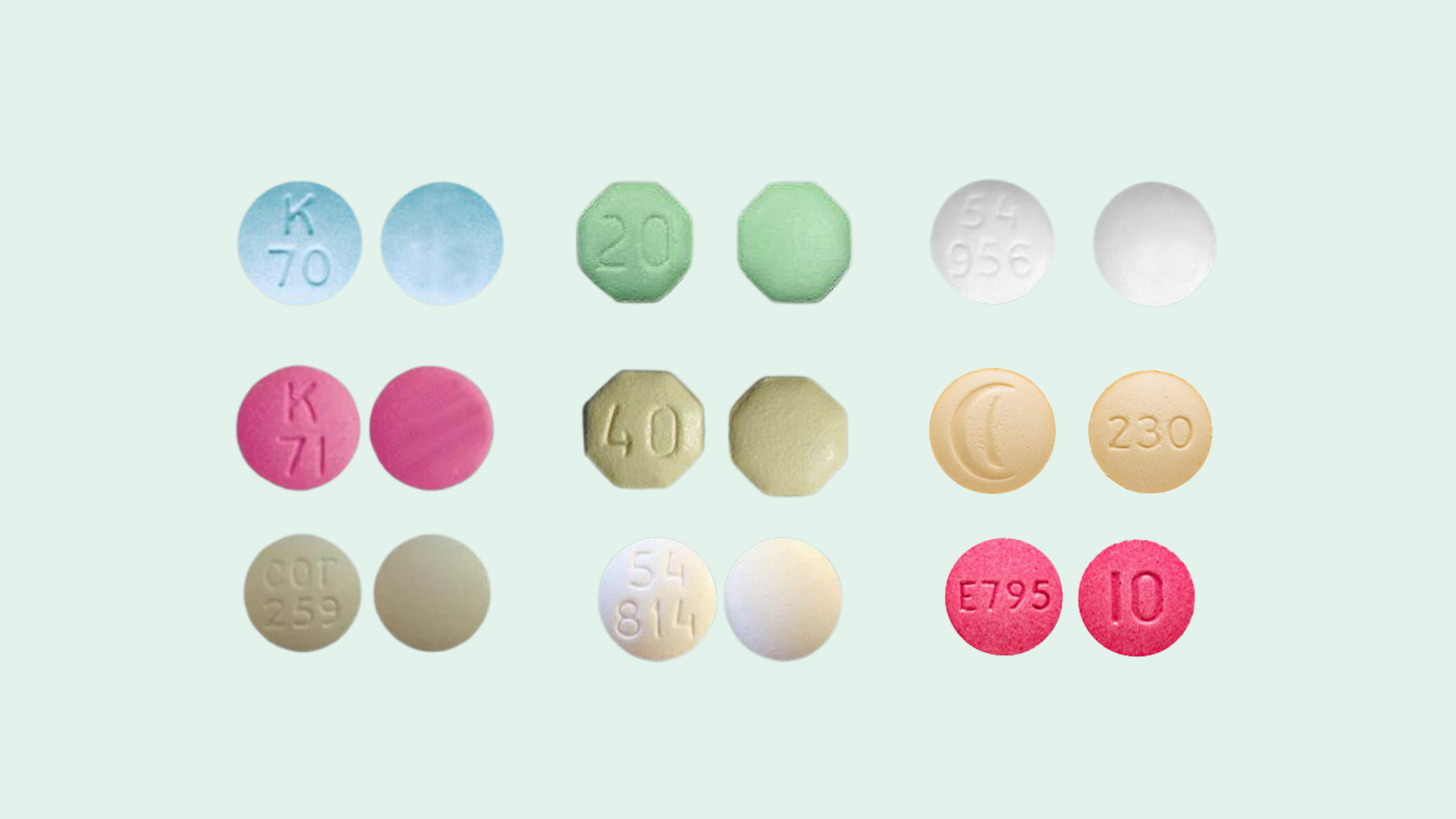What is Oxymorphone Addiction?
Oxymorphone is a semi-synthetic opioid that works by altering the brain’s perception of pain and inducing a sense of euphoria. Regular use, even when prescribed by a healthcare provider, can quickly lead to physical and psychological dependence. Individuals struggling with oxymorphone addiction find themselves unable to control their usage, often escalating the dosage and frequency to maintain the desired effects.
What Are the Physiological Aspects of Oxymorphone Addiction?
Oxymorphone addiction manifests through a range of physical symptoms, including
- Slurred speech
- Impaired motor coordination
- Drowsiness
- Mood swings
As the addiction progresses, users may experience withdrawal symptoms, such as
- Anxiety
- Vomiting
- Diarrhea
- Muscle pain
This physical dependence is a hallmark of oxymorphone addiction, underscoring the need for medical intervention and supervised detoxification.
The Psychological Factors of Oxymorphone Addiction
In addition to the physical aspects, oxymorphone addiction also involves significant psychological components. Those struggling with this addiction often exhibit
- A compulsive need to obtain and use the drug
- Strained relationships
- Work performance issues
- Koss of personal integrity
The psychological symptoms can include depression, anxiety, and a general sense of restlessness and nervousness.
The Stages of Oxymorphone Addiction Treatment
Addressing oxymorphone addiction requires a comprehensive, multifaceted approach that addresses both the physical and psychological aspects of the disorder. The treatment process typically involves the following stages:
Medical Detoxification
The first step in oxymorphone addiction treatment is medical detoxification, which aims to safely manage the withdrawal symptoms and stabilize physical and mental health. This process is typically supervised by a team of medical professionals who may prescribe medications, such as buprenorphine or naltrexone, to ease the withdrawal symptoms and facilitate the transition to long-term recovery.
Inpatient Rehabilitation
Following the detoxification phase, many with oxymorphone addiction benefit from inpatient rehabilitation programs. These programs provide a structured, therapeutic environment where patients can focus on their recovery, engage in counseling, and develop the necessary coping skills to maintain sobriety.
Outpatient Treatment
For some, outpatient treatment may be a suitable option, especially after completing an inpatient program. Outpatient treatment allows patients to continue their recovery while reintegrating into their daily lives, with the support of regular therapy sessions, support groups, and medication management.
Aftercare and Relapse Prevention
Successful oxymorphone addiction treatment does not end with the completion of a rehabilitation program. Ongoing aftercare and relapse prevention strategies are crucial to maintaining long-term sobriety. This may include participation in support groups, continued counseling, and the development of a comprehensive relapse prevention plan.
What to Expect During Oxymorphone Addiction Treatment
Treatment offers a multifaceted approach that addresses unique needs and circumstances. The treatment process may involve a combination of the following elements:
Medical Interventions
In addition to the supervised detoxification process, medical interventions may include the administration of medications to alleviate withdrawal symptoms, manage cravings, and address any underlying health conditions that may be contributing to the addiction.
Behavioral Therapies
Behavioral therapies, such as cognitive behavioral therapy (CBT) and contingency management, play a crucial role in addressing the psychological aspects of oxymorphone addiction. These therapies help patients develop healthy coping mechanisms, identify and modify negative thought patterns, and build the skills necessary for long-term recovery.
Holistic Approaches
Many oxymorphone addiction treatment programs incorporate holistic approaches, such as mindfulness practices, exercise, and nutritional counseling, to support the overall well-being of the individual and promote a balanced, healthy lifestyle.
Family Involvement
The involvement of family members and loved ones is often an integral part of oxymorphone addiction treatment. Family therapy and education can help rebuild relationships, provide a supportive network, and address the impact of the addiction on the entire family system.
The Importance of Comprehensive Oxymorphone Addiction Treatment
Addressing oxymorphone addiction requires a comprehensive, evidence-based approach that addresses the multifaceted nature of the disorder. By combining medical interventions, behavioral therapies, and holistic approaches, treatment providers can help individuals struggling with oxymorphone addiction achieve lasting recovery and reclaim their lives. Ongoing support, relapse prevention strategies, and a commitment to long-term sobriety are essential for maintaining the gains made during the treatment process.

